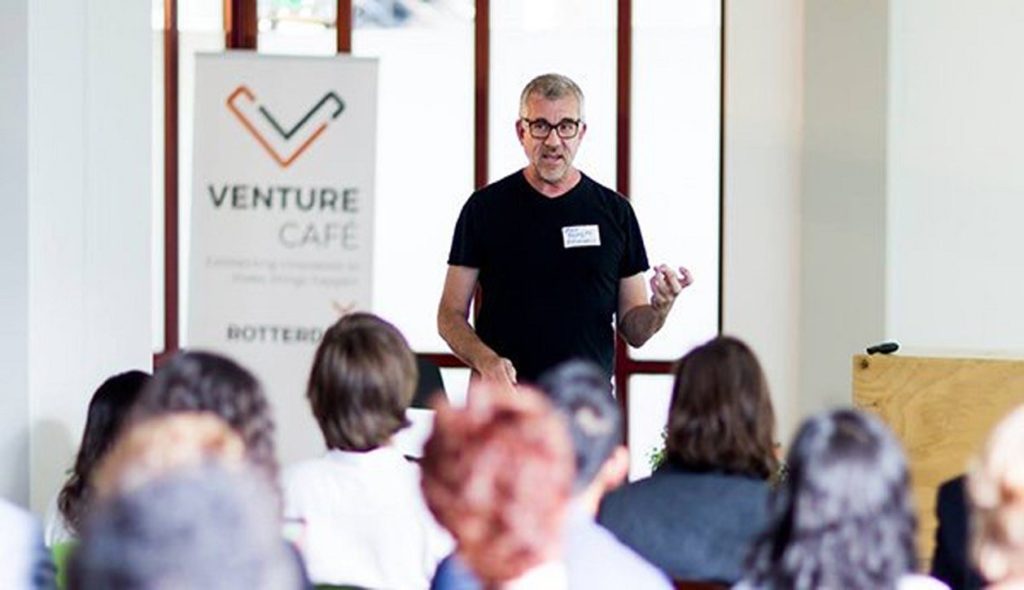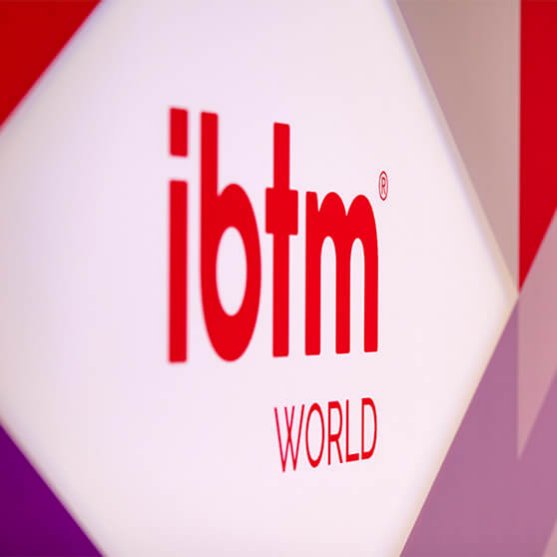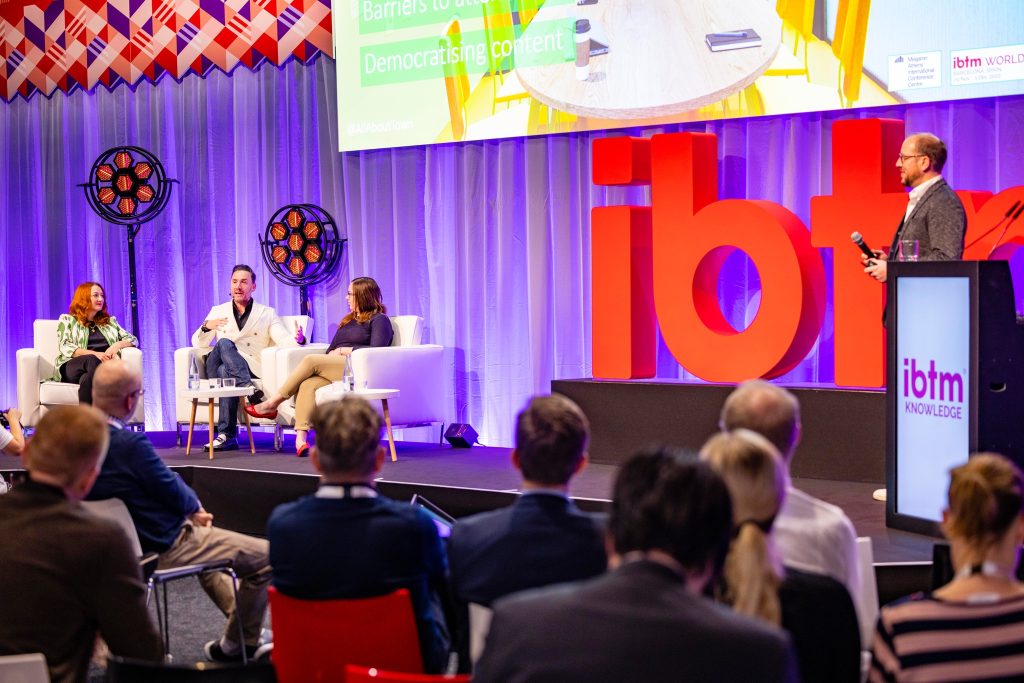
Share news
Listen
How would you define pitching?
Let’s differentiate it from presentations. Presentations tends to be somewhat long, a pitch is short, lasting 1, 3, 5 minutes, maximum 10.
In a pitch, you also focus on the highlight, the key messages, you don’t go into details as you could in a presentation.
It is about asking the audience for something, not merely sharing information. Getting them to invest, to buy, to do something. Really changing behavior.
Finally it is usually very personal: you put yourself out there, you commit, you present something that is dear to you. Don’t forget people believe in people, not projects. As an anecdote, as a young professional, I remember going to my boss and saying “let’s do this” with a lot of energy; he told me “see, I am 50-50 on this project but you are so enthusiastic, we are going to go for it”.
The most common mistakes people make when pitching?
The first one would be not keeping to time. We all have different ideas of time, but many pitchers exceed the agreed time. Do you know that 84% of presentations overrun?
Another one would be not having a plan from the first second, so it gets weak. There is no need for a long preamble with general information. Focus on your message and dedicated all your pitch to it.
Finally, going into too much detail. In modern life, people don’t have time for detail; getting technical or detail-oriented tends to lose your audience.
Less is more, I guess, and probably pitch should know what to leave out. What do people often include in their pitch which should be left out?
Just one tip there: you can give three numbers to prove your statement. If you give more, people start to analyse and calculate, and you lose them. For instance, with an entrepreneur I coached, we focused on three figures to show the need for his solution: Parking takes up 20 minutes on average, 30% of traffic is just people trying to park, and we spend 1 year of our lives parking. These three numbers convince of the need for a parking solution, and do not get people to calculate or get distracted. Don’t give too many figures or specifications of your product.
Where should meeting planners get their inspiration from, when pitching?? Entrepreneurs-investors meetings? The movie or editing industry?
In movies, there has to be a one-sentence pitch that sums up the whole movie, and this sentence stays along the whole process, to remind all players involved of what is exactly the essence of the movie.
But it is very hard to find information about movie pitches online, whereas you can find a lot of entrepreneur pitches. You can see how they present their products, whether they start with trends, social issues or a story, how they touch the emotional chord… Events are also projects, you have to convince of their value added, of their quality, of the fact they will 3work out fine… So you can learn a lot from all these pitches.
Another benefit of the pitching exercice is that it really focuses you on the essentials. I have heard from that through working hard on the pitch, understand and express much better their essence, and keep the right focus. It is a good experience.
What is usually the deciding factor in a decision after a pitch?
There is a basic principle: people make decisions based on emotions and back them up with facts. This applies in pitching. Some technically poor pitches were successes, since their human dimension was great, putting yourself into the story. In the end it comes back to the basics, what drives people, emotions, love, belonging, pride. You have to make the audience proud of what they are, what they can do. Another human dimension is how you interact with the audience. For instance, make eye contact, which is a sign that you care about them.
If you want to know more, check Best3Minutes.com, David’s website. And in EMEC, besides giving the keynote session “Great Ideas Need a Great Voice (and a Great Pitch)”, David will give a a pre-conference online training, and the conference will include a masterclass where you can bring your own pitch, and you will work on it. And sell!
You can see all information about EMEC on http://www.mpiweb.org/events/emec-2017/home.











